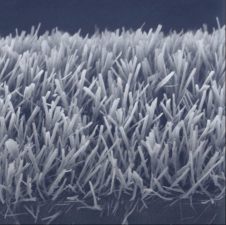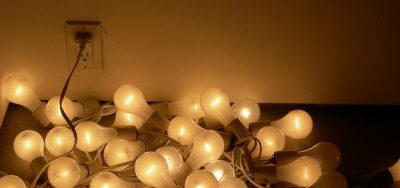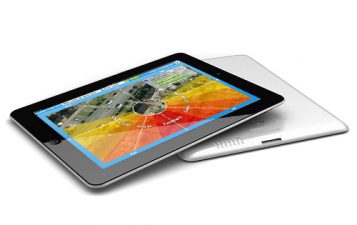Like Cloud, Big Data and other technological buzzwords, the definition of the Internet of Things (IoT) is often stretched to fit a corporate sales pitch. IoT. But what is it? The internet of things connects ordinary objects to the internet. So now we can Google missing luggage and use an online dating service to match our socks? The reality of IoT is only slightly less imaginative. IoT promises to become the technological bricks and mortar that helps us build smart cities.
Want to build your career in IoT brick by brick? Check the Intellipaat Internet of Things training to get ahead!

Someone peeked inside the refrigerator. A jar tilted against the rubber seal preventing it from re-closing tightly. The door was slightly ajar for only about an hour. But the incandescent refrigerator light bulb had done the damage. Ninety-five percent of its 15 watts went into heating the well-insulated box and spoiling $50 worth of food. It had happened before. It would happen again. So I jury-rigged an alarm that squeals every time the fridge light comes on. The alarm annoyed my family, but a neighbor asked me to make one for him. A photoresistor, a battery and a piezoelectric beeper shouldn’t cost more than $5. But when I researched these 1970s vintage components, I learned that they had evolved into microprocessors and eventually the internet of things.
I found a $5 device capable of measuring temperature and humidity and transmitting the results over WiFi. It could post,“Hey stupid, you left the fridge open again!” on my Facebook wall when it detects a temperature rise.
I showed this to an Iraqi architect who immediately saw how it could be used to improve the curing of pre-stressed concrete– a process that should rely more on science and less on gut instinct and luck. What else can be done with this internet of things?
When Ireland squandered too much of most abundant resource (rain) — smart water meters were installed on millions homes. These devices measure water consumption, detect leaks and transmits its findings via a smart-meter network to a monitoring truck which passes this information to the billing department. My electricity meter does the same thing.
Worldwide the growth of this technology is approaching the frantic pace of PCs, smart phones and the internet itself. IoT is already implemented in some cars to put drivers in touch with mechanics and tow companies in the event of a break-down or crash. Cars can also notify each other of road hazards and traffic congestion.

SamTech of U.A.E. uses IoT to track buses, taxis and other vehicles. GreenQ of Israel uses IoT to track garbage. Silicon Oasis is installing IoT for smart streetlights in Dubai. flux is using it to listen to the health of plants. Smart thermostats like Nest can adjust the temperature of your home when it detects that your smartphone (and presumably you) are nearing the house. And last but not least, IoT is being used for refrigerators. Refrigerators can send a recommended grocery list based on what my family has used and at what rate and remind them when they are eating too much unhealthy food. It can even show its contents via a video display so there is no longer a need to open the door and peer inside and risk leaving the door open.




